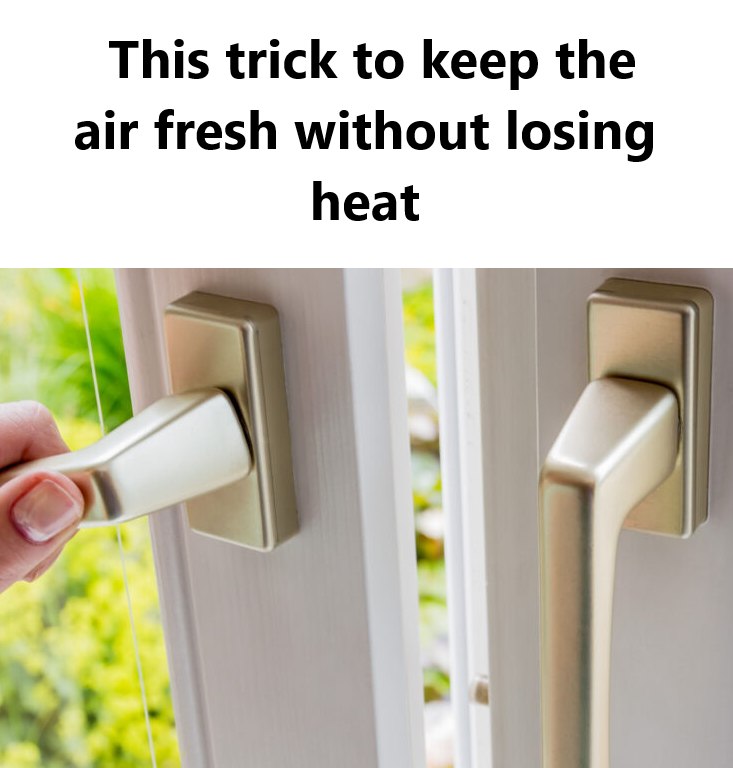There has been a lot of attention on ventilation in public spaces. To reduce the risk of coronavirus transmission, good ventilation is essential. In addition to viruses, poorly ventilated air can also contain pollutants, chemicals, and mold. While there is a lot of focus on public spaces, it’s also important to pay attention to indoor air quality at home.
Health Complaints
In poorly ventilated spaces, the air becomes increasingly contaminated with substances that can cause health problems such as headaches, respiratory issues, drowsiness, or irritated eyes. High humidity levels in the home can also lead to more dust mites and mold growth. Ventilation is essential, especially for people with dust mite allergies. Additionally, many household items release harmful substances such as formaldehyde—new furniture, flooring, and building materials. Gas from stoves, smoke from cigarettes, wood stoves, or candles also negatively affect air quality.
CO2 Levels in the Home
A good indicator of air quality in the home is the CO2 level. In a poorly ventilated room where people exhale CO2, the level gradually rises. A maximum of 800 ppm (parts per million) is ideal, 1,000 ppm is acceptable, and 1,200 ppm is the upper limit. For comparison, the CO2 level outside is typically under 500 ppm. From 1,400 ppm, cognitive function can be impaired, according to scientific site Scientias. If you open the windows wide to air out the home, you’ll notice that the CO2 levels drop to the lower levels found outside. However, once the windows are closed, the levels rise quickly again. Especially in the bedroom, the CO2 level can reach alarming numbers at night if windows and vents are kept closed.
Measuring and Reducing CO2 Levels
In public spaces, air is often refreshed with mechanical ventilation systems, which help keep CO2 levels in check. New homes are also often equipped with mechanical ventilation. However, residents sometimes turn off these systems due to the noise, says Rob van Strien from the GGD Amsterdam. To lower CO2 levels, it’s important to leave the exhaust on or use any available vents.
For those who want to check the CO2 levels in their home, it can be done with a meter. While cheaper meters may be of questionable quality, meters around 70 euros offer better accuracy. But you don’t necessarily have to spend money to check if your home is properly ventilated. You can often borrow a meter, or simply hold your hand against the vents to feel if air is flowing.
Humidity and Mold Formation
see continuation on next page
ADVERTISEMENT

